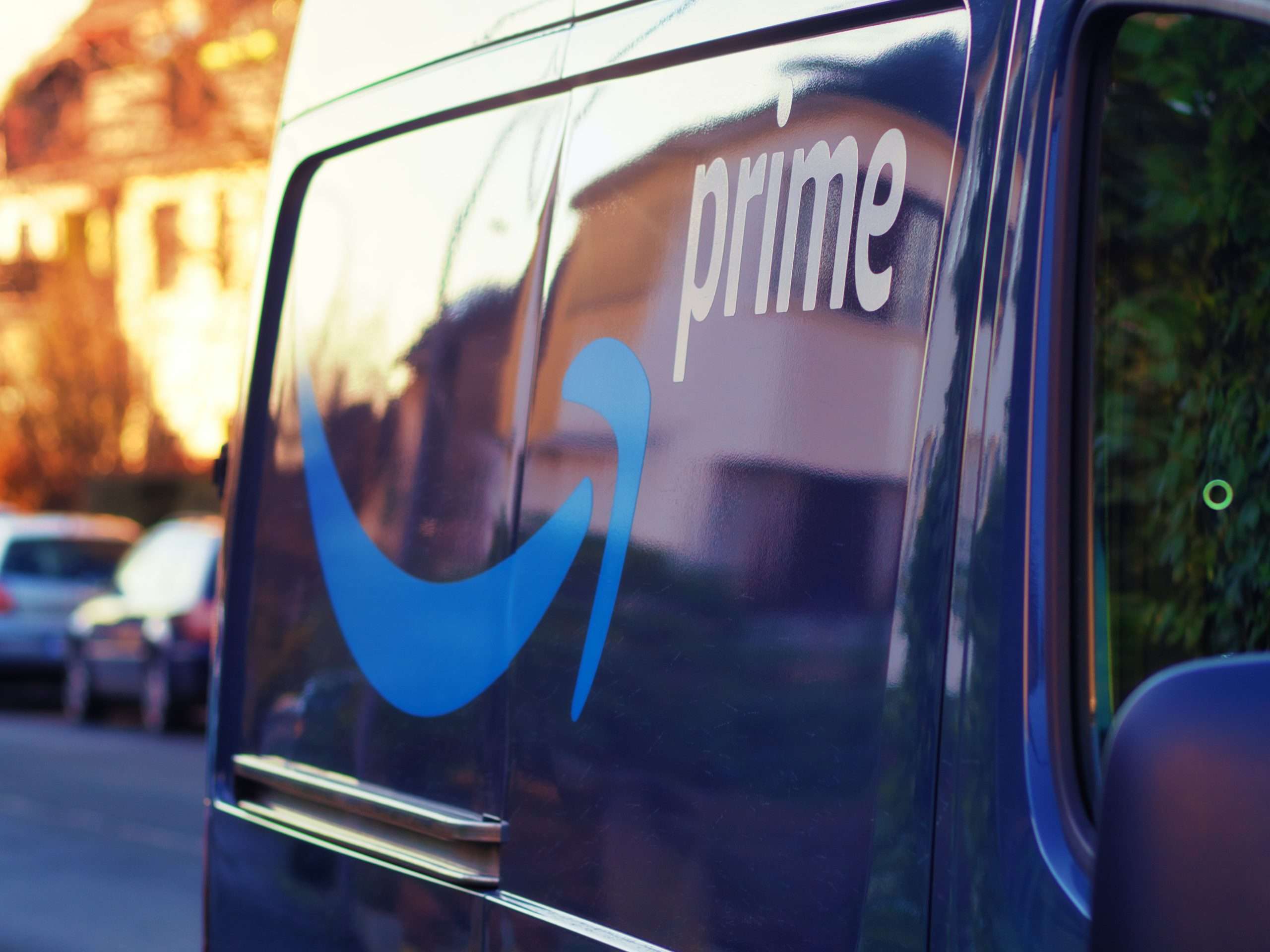If you’re an Amazon seller, chances are you’ve heard a thing or two about Amazon Buy With Prime. BWP is a shiny, new toy Amazon is rolling out, and they are pushing it like crazy. In short, you can sell via Amazon Prime through your brand website. On paper, who doesn’t love that?
While there are a number of reasons to sign up for BWP, there are also some downsides worth knowing about, especially when Amazon also offers a similar service called Multi Channel Fulfillment, which may be what your business really needs.
What is Amazon Buy with Prime?
If you are a Seller Central seller, using FBA for your fulfillment, and have your own ecommerce website, you will most likely be able to find use for BWP. Amazon built an integration you can hook up to your website to allow viewers on your site to purchase one of your products via Prime (as long as that product is also stocked in FBA). Meaning, if you offer a product both on Amazon FBA and on your website, you can throw that prime logo on the detail page on your website to try and stir up more sales for off-Amazon customers.
Then, Amazon Prime handles the fulfillment of that order, drawing directly from your FBA inventory and delivering it to the doorstep in two days. You don’t even have to Pay Amazon’s referral fee (since the transaction happened off Amazon), you just have to pay the fulfillment fee!
Amazon claims this will increase shopper conversion by 25% (measuring “the average increase in shoppers who placed an order when Amazon Buy with Prime was an available purchase option versus when it was not, during the same time period”). However, when approaching the UX of BWP, from our perspective there’s a lot to be desired, forcing us to raise eyebrows at that claimed 25%.
- First of all, at checkout, the user has to sign into their Prime account, via a pop up window. Not a huge deal, however if that customer wants to purchase some products offered on Prime along with others not offered on Prime, this could cause some issues.
- Second, the buyer MUST have a Prime account in order to take advantage of this feature. This greatly shrinks the size of audience BWP would benefit. Of course, if the buyer did want to take advantage of the BWP offer, they could sign up for a free 30 day Prime trial inside that pop up window. Now we see why Amazon is offering BWP: They are using company websites to grow their Prime user base.
At the end of the day, BWP could really help you get more orders through your website for a minimal cost, but one needs to consider the cost of leveraging Amazon as your 3PL. If using Amazon to handle all your fulfillment needs is cost effective and beneficial for you, BWP could be a low risk investment. But Amazon does offer Multi Channel Fulfillment (MCF) as a service, and if you liked what BWP had to offer, you’ll probably love what MCF provides.
What is Amazon Multi Channel Fulfillment?
MCF is essentially exactly what it sounds like: You are utilizing Amazon to fulfill your orders through multiple channels, such as Amazon.com orders and your ecommerce website orders. It works very similarly to BWP, but with no hoops for the customer to jump through. The buyer will only need to make a purchase on your website just as they normally would, and then their experience is over (less time for them to bounce).
However, on the backend, it operates a lot like BWP. The order info will be sent directly to Amazon, and they will draw the inventory, once again, out of your existing FBA stock. Amazon then ships in an unmarked box. The only way the customer could possibly know Amazon is involved is if they see the Amazon van pull up to their driveway to drop the package off.
Of course, Amazon MCF doesn’t offer free two-day shipping, nor would you be able to use the Prime logo to pique interest, but you do get to keep all your inventory in one place and tap into Amazon’s distribution expertise. BWP is essentially the same offering as MCF, but only able to be used by a much smaller portion of people.
The fee structure is going to be different depending on the size of your products, volume, the usual 3PL suspects. But if you need to fulfill the orders through your website using Amazon’s network, MCF seems to check more boxes than BWP. It is worth noting that both services are expanding internationally (though approaching different countries).
| BWP | MCF | |
| Amazon handles shipping | ✓ | ✓ |
| Orders are drawn from FBA inventory | ✓ | ✓ |
| Sell through your website | ✓ | ✓ |
| Customer can buy without a Prime membership | ✓ | |
| Use Prime logo on site | ✓ | |
| Seller Central FBA needed | ✓ | ✓ |
Tapping into either of these services are obviously large business decisions that should not be taken lightly. Both the BWP and MCF teams we have spoken to have been incredibly helpful informing us about each service. If you are doing high volume on Amazon and need a 3PL, Amazon has made it relatively easy.
Looking for a partnership with an agency that can help assist in your Amazon Marketplace needs? Reach out to start a chat with our Amazon Marketplace team.









